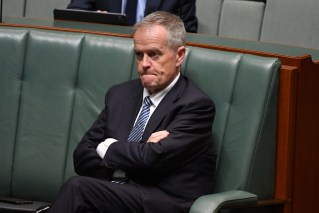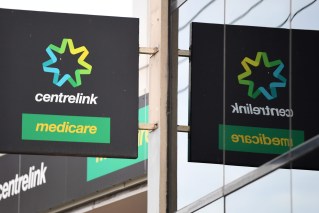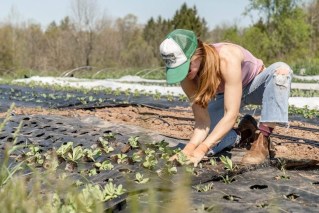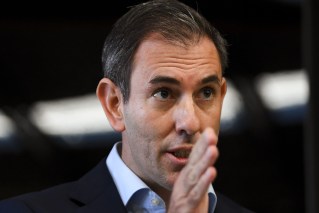A million Aussies in ‘iso’ but Omicron’s impact to be short lived, says CBA
Up to one million Australians are currently likely to be in Covid isolation, but the rapid spread of Omicron may mean Australia reaches herd immunity by the middle of the year, according to estimates from the Commonwealth Bank.


While the bank’s head of Australian economics Gareth Aird said there was uncertainty around the isolation numbers, he said there was “not a shred of doubt” that the next few months was going to be difficult and testing for the economy with consumer spending cut by three per cent in the past month.
The bank has also slashed its forecast for the first quarter’s economic growth from 2.3 per cent to about one per cent. Even this had a level of uncertainty.
He expected a snap back in the second quarter and rise in GDP growth of 2.6 per cent from the previously forecast 1.9 per cent with the Reserve Bank expected to start “normalising the cash rate”(increasing interest rates) in November this year.
The bank also expects governments to bring in some sort of policy support for affected businesses and tipped herd immunity in Australia by the middle of the year.
The huge impact Omicron is doing to the economy was also spelled out by ANZ-Roy Morgan consumer confidence data released this morning showing a big drop in spending last week. It was the weakest result since 1992 when the Australian economy was experiencing sharply rising unemployment.
The Chamber of Commerce and Industry Queensland also said about 85 per cent of businesses in its poll said supply chain disruptions and staffing issues were limiting their ability to keep the doors open or service customers. A major factor was the lack of RAT supplies.
Aird said the economy was being significantly disrupted by “an explosion of Covid cases” and the isolation requirements were having a temporary negative impact on supply and demand.
“Right now, we do not know how many people are currently in isolation or the number who have been required to isolate over the past month, but based on the number of positive cases over the past week, coupled with an assumption that each person who tests positive has one close contact, we estimate that around one million people are currently likely to be in isolation,” Aird said.
“Our internal credit and debit card data indicates spending has dropped sharply on services over the past four weeks. Spending on goods however, has held up well.
He said the estimated 3 per cent drop in spending over the past month was not a bad result considering how many people were likely to be in isolation.
“The old adage that every cloud has a silver lining rings true when thinking about the medium term outlook,” Aird said.
“The speed and size of the current outbreak of Covid lowers the probability that the virus negatively impacts the economy over the second half of the year. That is, the rapid spread of Covid now may see us reach herd immunity by the middle of the year.
“Consumption will improve once infections peak and start to decline – indeed, spending should accelerate quite quickly once total infections are on a downward trend given the extraordinary level of household savings accumulated over the pandemic.”
CBA believes inflation would be around the top of the Reserve Bank’s two to three per cent target range for much of the year and wages growth would be about three per cent. Unemployment would be about 4 per cent.
“These forecasts are consistent with the RBA raising the cash rate in late-2022 based on their reaction function,” Aird said.












